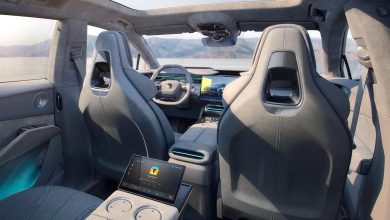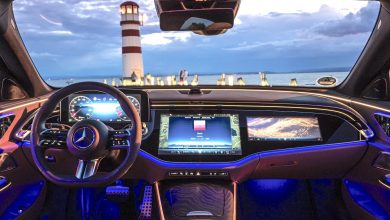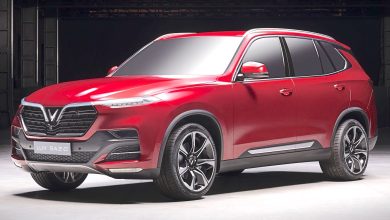Is It REALLY A SUV Or Just A High Riding CAR
The term SUV has been used without any consideration to help sell cars and hatchbacks
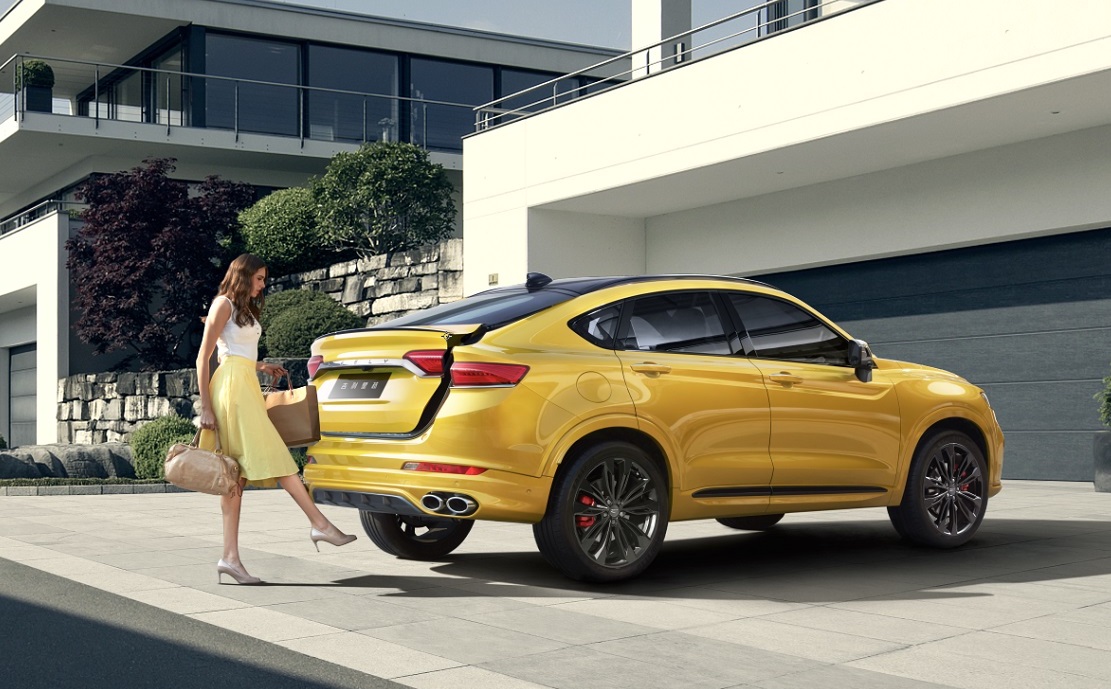
The term ‘SUV’ was first used in 1986 and until about two decades ago it was strictly used by car manufacturers. Then as the global vehicle buyer wanted more SUV’s, car manufacturers started tagging any vehicle that looked like a SUV and soon it was any vehicle that was slightly raised off the ground (higher ground clearance) was classified as a SUV (pictured below is a REAL SUV).

Today, the term is applied to a much broader range of cars, yes ‘cars’. Some are very small, such as the Ford EcoSport and Perodua Ativa.
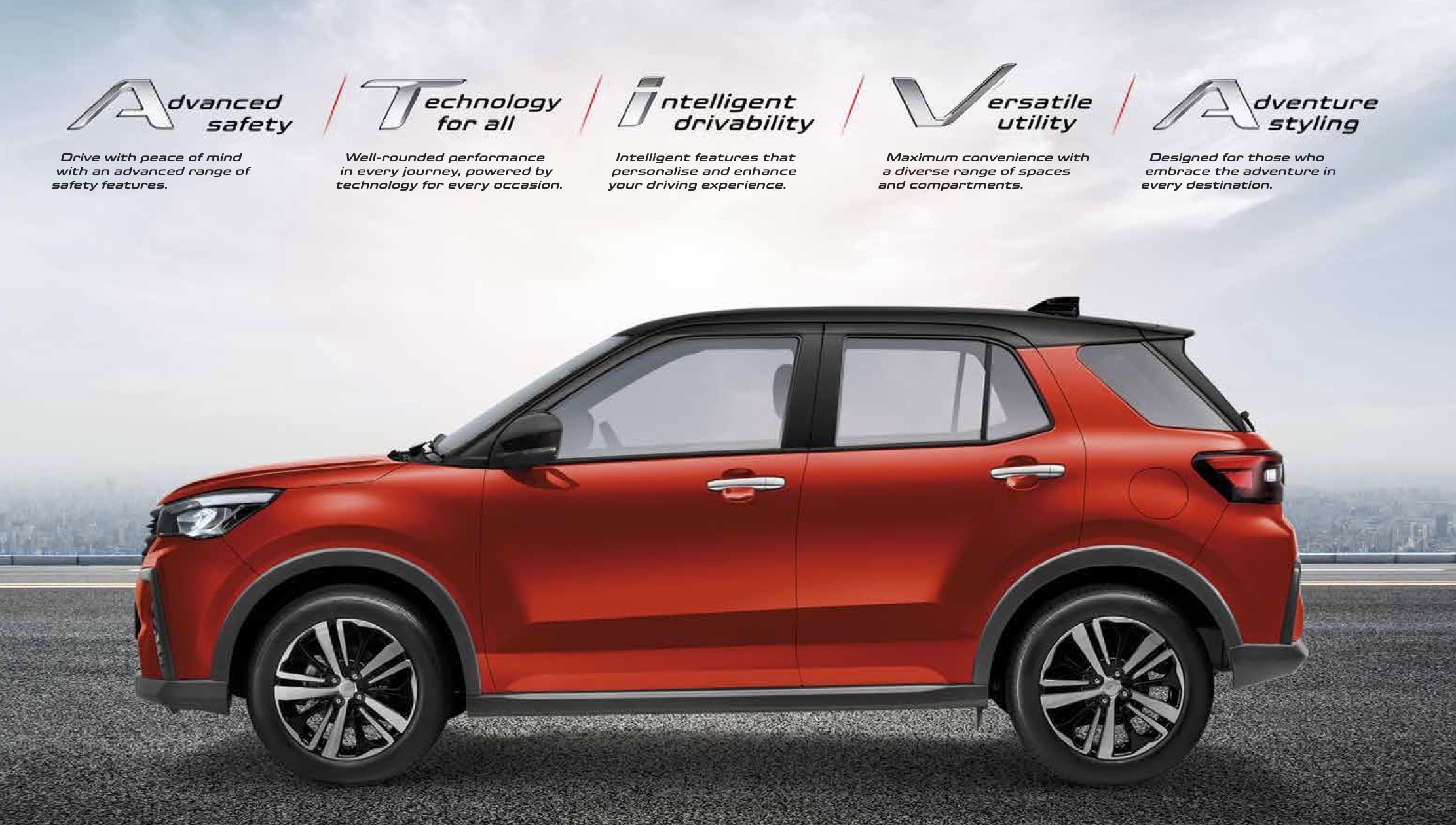
Some are large luxury cars, such as the Range Rover. Some even drive like sports cars, like the Porsche Macan and the Jaguar I-Pace, for example.
They all have suspension that puts them higher off the ground than a saloon or hatchback, most have comparatively tall bodies and many are available with four-wheel drive and others just have black cladding on the wheel arches and probably 3 to 6 inches extra ground clearance over its sedan or hatchback sibling.
Interestingly, it is the term ‘SUV’ that ‘sells’ some new cars and so the usage is rather ‘silly’ in real life.
Key features and characteristics that define a Sports Utility Vehicle (SUV)
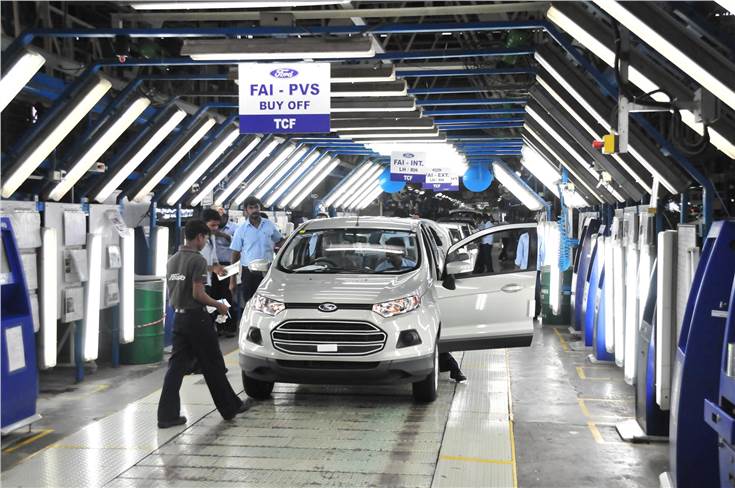
Versatility: SUVs are designed to be versatile, offering a balance between passenger-carrying capacity and cargo space. They typically have a larger interior volume, providing ample room for passengers and their belongings. SUVs often have folding rear seats or configurable seating arrangements, allowing for additional cargo space when needed.
Higher Ground Clearance: SUVs typically have higher ground clearance than cars (like this Ferrari termed SUV pictured below), allowing them to navigate uneven or rough terrain more easily. This feature makes them suitable for outdoor activities or driving on unpaved roads.
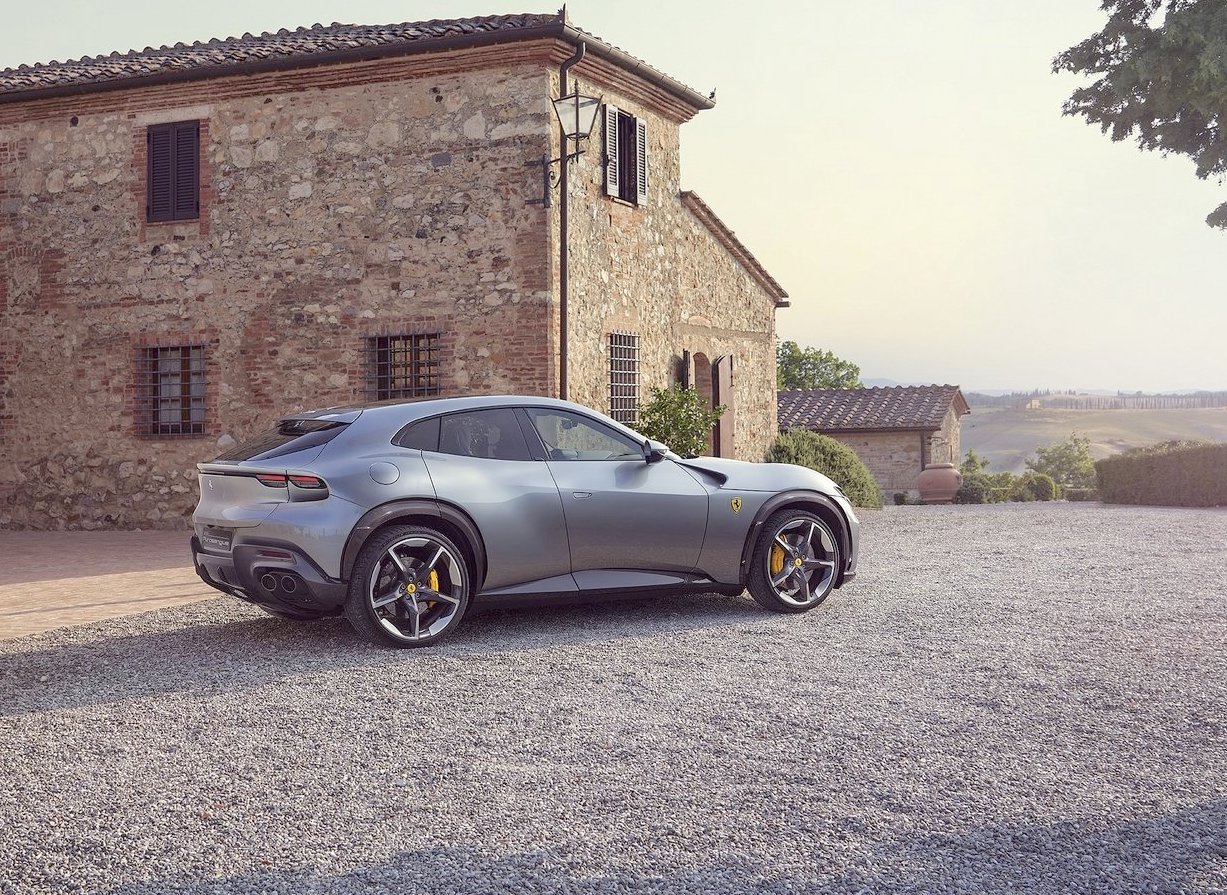
All-Wheel Drive or Four-Wheel Drive: Many SUVs come with all-wheel drive (AWD) or four-wheel drive (4WD) systems. These drivetrain configurations enhance traction and provide better handling in challenging road conditions, such as snow, mud and off-road trails.
However, it is worth noting that not all SUVs (pictured below is a 2 wheel drive vehicle) come with AWD or 4WD; some are front-wheel drive (FWD) or rear-wheel drive (RWD) for improved fuel efficiency.
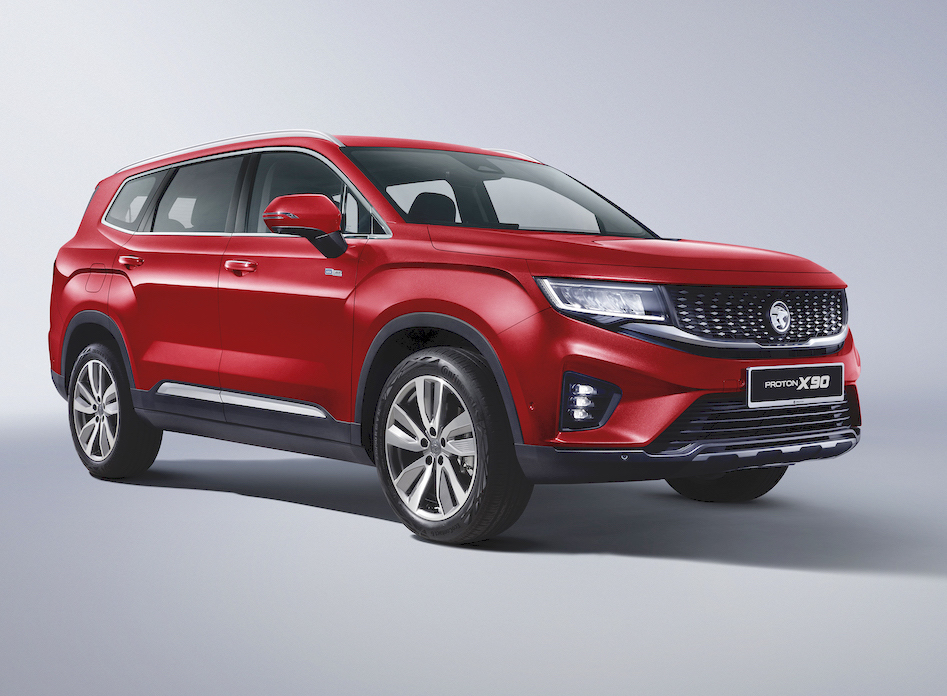
Towing Capacity: SUVs often have a higher towing capacity compared to cars, thanks to their sturdier construction and more robust powertrains. This makes them suitable for towing trailers, boats, or other recreational vehicles which is NOT a big need in Malaysia right now.
Size and Styling: SUVs typically have a more substantial and taller profile than sedans or hatchbacks. Their larger size provides a commanding driving position, better visibility, and a more imposing presence on the road.
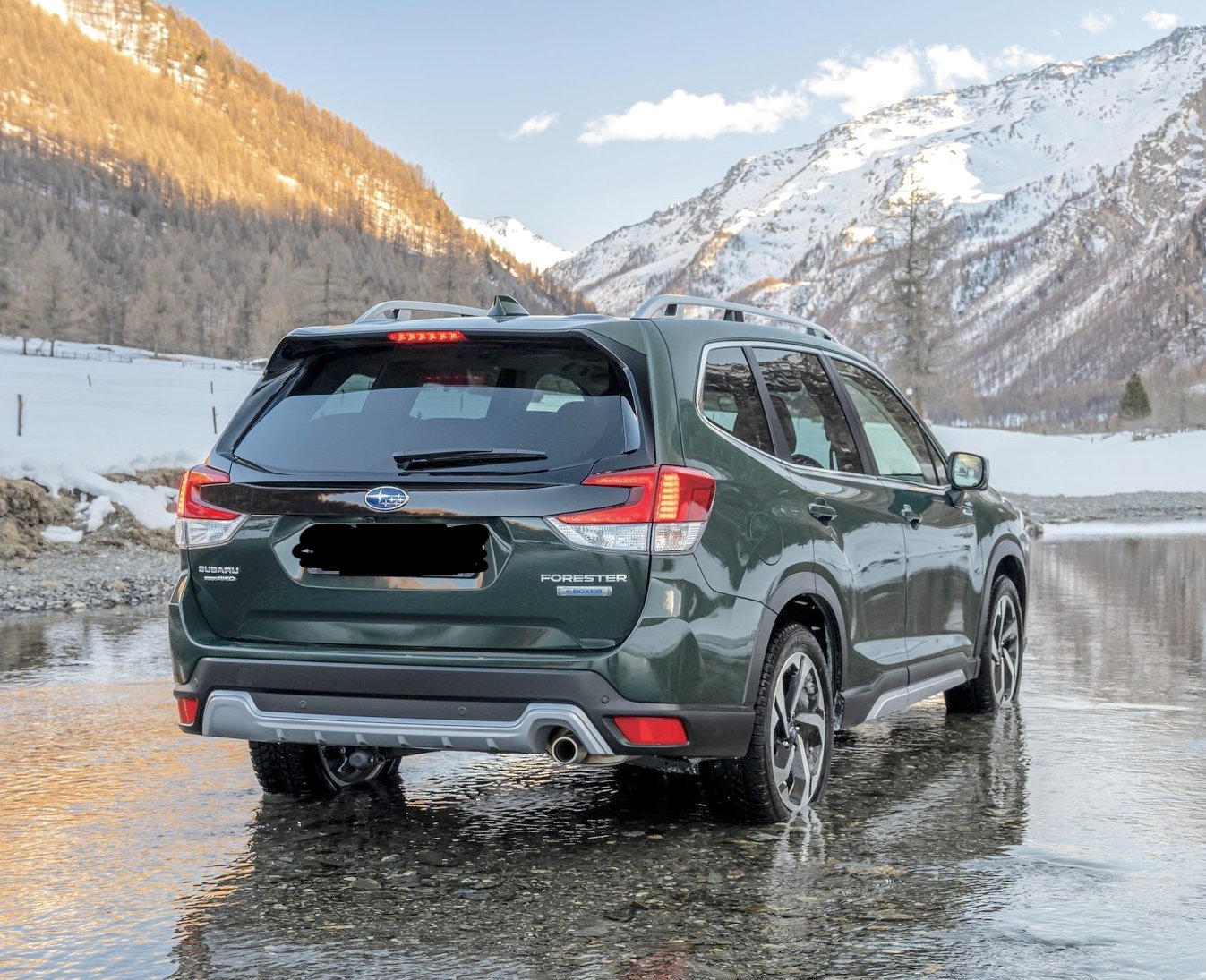
On-Road Performance: While SUVs are known for their off-road capabilities, they are also designed to provide a comfortable and enjoyable on-road driving experience. Modern SUVs often offer advanced suspension systems and technology to improve ride quality, handling, and fuel efficiency, making them suitable for everyday commuting and long-distance travel.

